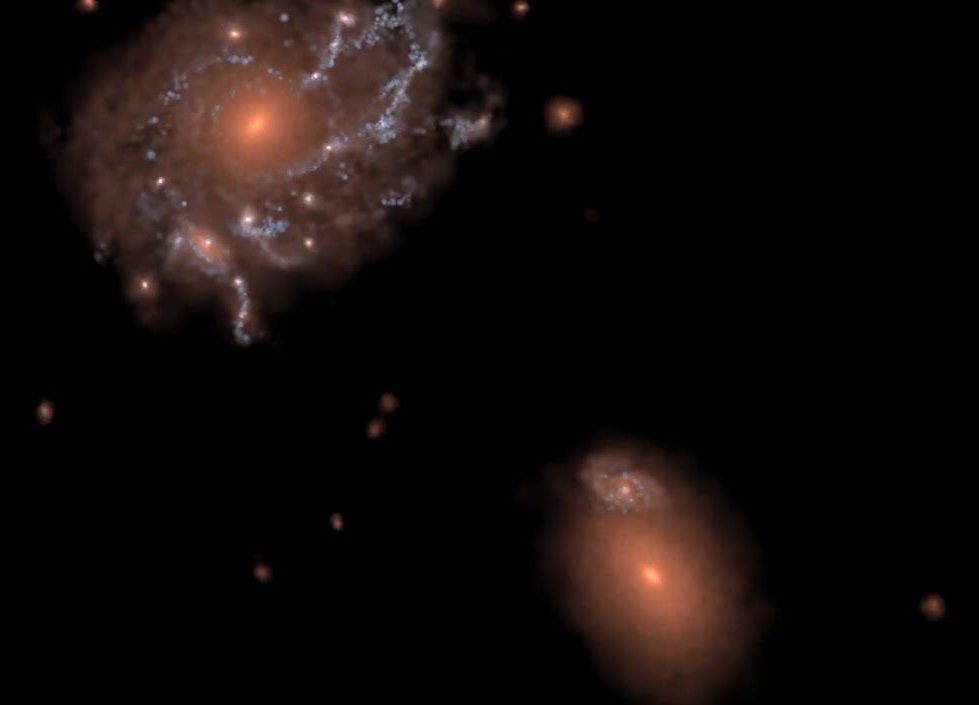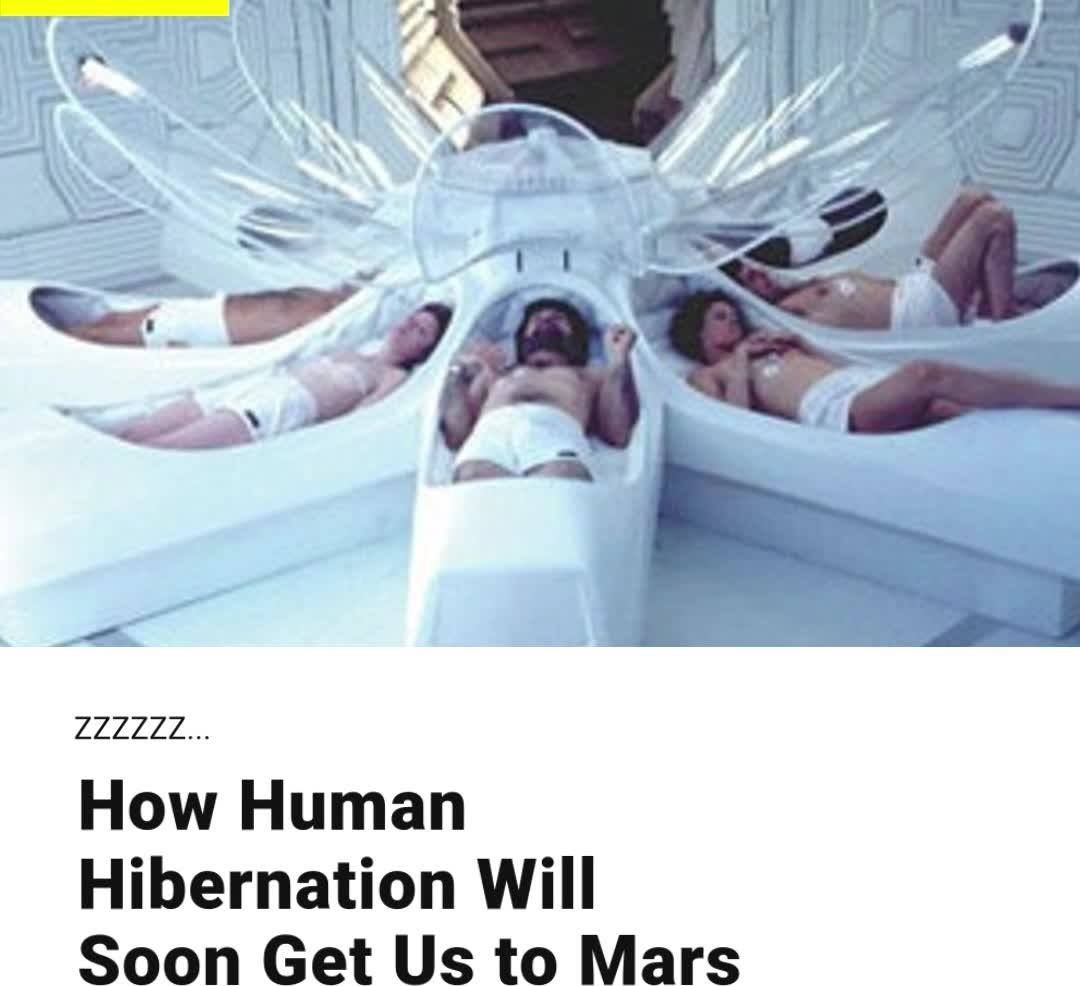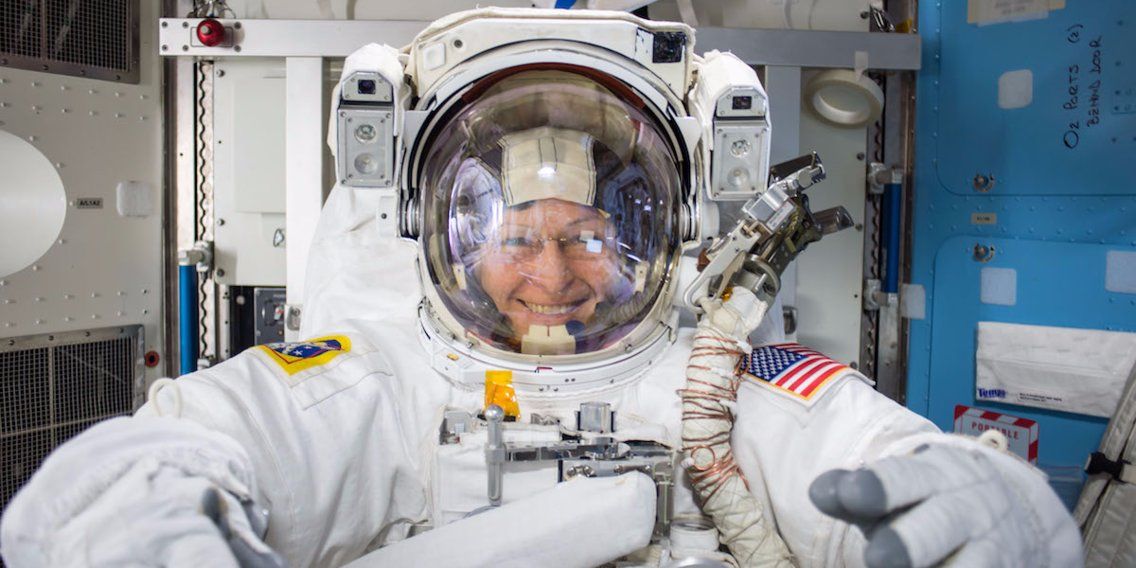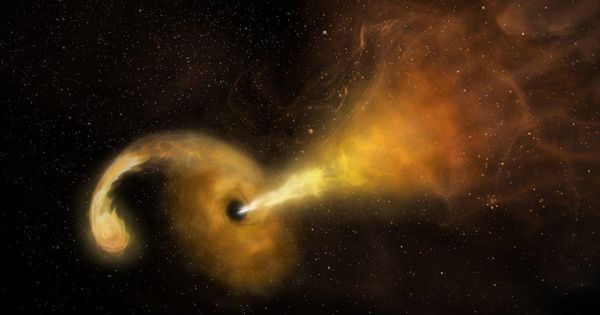Page 9662
Jun 17, 2018
Combining Laser And Particle Beams For Interstellar Travel
Posted by Klaus Baldauf in categories: engineering, particle physics, space travel
By jan mcharg, texas A&M university college of engineering
A new technology combining a laser beam and a particle beam for interstellar propulsion could pave the way for space exploration into the vast corners of our universe. This is the focus of PROCSIMA, a new research proposal by Dr. Chris Limbach and Dr. Ken Hara, assistant professors in the Department of Aerospace Engineering at Texas A&M University.
NASA has chosen the proposal “PROCSIMA: Diffractionless Beam Propulsion for Breakthrough Interstellar Missions,” for the 2018 NASA Innovative Advanced Concepts (NIAC) phase 1 study. PROCSIMA stands for Photon-paRticle Optically Coupled Soliton Interstellar Mission Accelerator, and is meant to evoke the idea that interstellar travel is not so far away.
Continue reading “Combining Laser And Particle Beams For Interstellar Travel” »
Jun 17, 2018
Harvard Rewinds the Biological Clock of Time
Posted by Nicholi Avery in categories: bioengineering, biological, DNA, health, life extension, science, transhumanism
Investigators at Harvard Medical School have identified the key cellular mechanisms behind vascular aging and its effects on muscle health, and they have successfully reversed the process in animals.
The scientists used a chemical compound that’s an NAD+ booster called NMN which plays a critical role in repairing cellular DNA as well as maintaining cell vitality to test what would happen.
Could reversing the aging of blood vessels hold the key to restoring youthful vitality? If the old adage “you are as old as your arteries” reigns true then the answer is yes, at least in mice.
Continue reading “Harvard Rewinds the Biological Clock of Time” »
Tags: aging, biological, Blood, Cardiovascular, Cells, dermatology, dna, Endothelial Cells, Harvard, Harvard Medical School, healthspan, lifespan, NAD+, NaHS, NMN, Sirtuin1, SITR1
Jun 17, 2018
How Human Hibernation Will Soon Get Us to Mars
Posted by Michael Lance in categories: entertainment, space travel
Jun 17, 2018
Foxconn looks to AI after maker of Apple and Amazon products celebrates 30 years in China
Posted by Derick Lee in categories: economics, robotics/AI
That growth in factory worker salaries has been a double-edged sword for China. On one hand, it has increased the purchasing power of Chinese which in turn has powered consumer-led economic growth, but on the other it has made China less competitive on wages and forced companies like Foxconn to introduce more automation.
With 1 million employees and half a dozen factories contributing 4 per cent of the country’s export value, Foxconn’s expansion symbolises China’s role as tech manufacturing powerhouse.
Jun 17, 2018
The incredible career of NASA’s Peggy Whitson, who applied to become an astronaut 10 times before she broke the American record for space travel
Posted by Michael Lance in categories: food, space travel, sustainability
She retired from NASA on Friday after blazing a trail for countless female astronauts.
NASA astronaut Peggy Whitson, the 58-year-old from Iowa farm country who spent a record-breaking 665 days in space, retired from the space agency on Friday.
“I have hit my radiation limit,” Whitson told Business Insider during a recent interview. “So not going into space with NASA anymore.”
Jun 16, 2018
A Black Hole Ate A Star And Left Crumbs Of Light For Astronomers To Discover
Posted by Michael Lance in category: cosmology
Black holes are notoriously messy eaters.
Using more than ten years of data, astronomers discovered traces of an unlucky star that got too close to a black hole. Because this event was partly hidden from us by dust, this discovery shows how we might find other cases of star-eating black holes.
Jun 16, 2018
Probiotics may help boost mood and cognitive function
Posted by Nicholi Avery in categories: biotech/medical, health, neuroscience
Probiotics can do more than improve your gut health. They also may indirectly enhance your brain, too.
Research shows that the gut and brain are connected, a partnership called the gut-brain axis. The two are linked through biochemical signaling between the nervous system in the digestive tract, called the enteric nervous system, and the central nervous system, which includes the brain. The primary information connection between the brain and gut is the vagus nerve, the longest nerve in the body.
The gut has been called a “second brain” because it produces many of the same neurotransmitters as the brain does, like serotonin, dopamine, and gamma-aminobutyric acid, all of which play a key role in regulating mood. In fact, it is estimated that 90% of serotonin is made in the digestive tract.
Continue reading “Probiotics may help boost mood and cognitive function” »
Jun 16, 2018
Howard Roark, John Galt, and The Transhumanist Wager
Posted by Zoltan Istvan in category: transhumanism
Here’s a full chapter out exploring my novel The Transhumanist Wager as part of a new book out called Ayn Rand and the Posthuman: http://link-springer-com-443.webvpn.jxutcm.edu.cn/…/978–3-3… #transhumanism
In his novel The Transhumanist Wager, Zoltan Istvan recreates certain elements of Ayn Rand’s work, in order to advance an argument for transhumanism. Istvan sees the transhuman…
Jun 16, 2018
Here’s who’s going to win the World Cup, according to A.I.
Posted by Aleksandar Vukovic in categories: information science, internet, robotics/AI
Robots aren’t playing professional soccer just yet, but they can certainly help predict it! With the FIFA World Cup kicking off, San Francisco-based tech firm Unanimous A.I. has used its considerable artificial intelligence expertise to predict the outcome of the 32-team men’s soccer tournament. Given that the startup has previously predicted the Super Bowl results successfully right down to the exact final score, we totally think this is worth taking seriously.
“These predictions were generated using swarm A.I. technology,” Louis Rosenberg, founder and CEO of Unanimous A.I., told Digital Trends. “This means it uses a unique combination of human insights and artificial intelligence algorithms, resulting in a system that is smarter than the humans or the machines could be on their own. It works by connecting a group of people over the internet using A.I. algorithms, enabling them to think together as a system, and converge upon predictions that are the optimized combination of their individual knowledge, wisdom, instincts, and intuitions.”
The technology is modeled on the remarkable abilities of swarms in nature, such as swarms of bees, schools of fish, or flocks of birds. These natural swarms combine the insights of large groups in optimized ways. Unanimous’ swarms utilize this same principle to answer complex questions — such as giving precise probability-based outcomes on each game in the World Cup.
Continue reading “Here’s who’s going to win the World Cup, according to A.I.” »

















